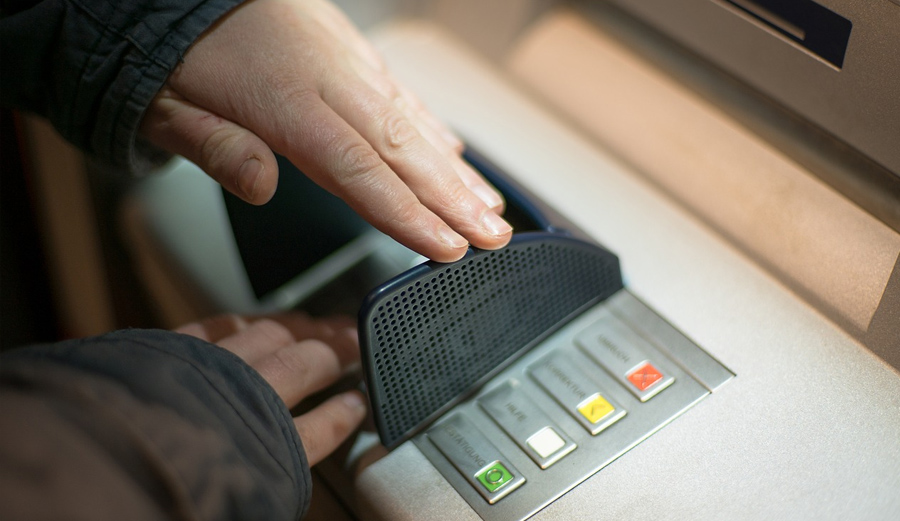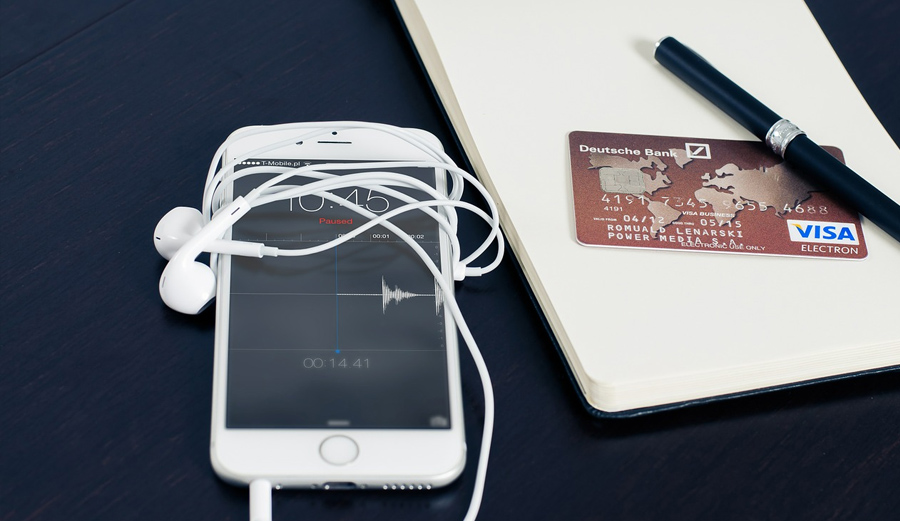Are we all agreed that online security is the single most important aspect of your internet connection? In an increasingly digital world where pretty much everything can now take place online – from socialising to shopping, from email to online banking, from filling in your tax return to applying for a passport – your data is only as safe as the integrity of your connection.
The consequences of being a victim of computer hackers gaining unauthorised access to your personal data, and taking control of your identity or finances don’t bear thinking about. So how do you best protect your online accounts, internet services, smart devices and computer hard drive from digital crime?
Standard Log-In Procedures
Any online user will be familiar with standard security procedures for log-in details, which typically require you to submit a simple username and password to obtain access to your account. However, with cybercriminals becoming ever more sophisticated, and internet fraud generally on the rise, this may no longer offer enough protection.
If, say, your email client or Facebook account has ever been hacked – sadly, not an unusually occurrence these days – you will no doubt have wondered how on Earth they got in. Hopefully, no real harm was done before you discovered the problem.
Your next immediate thought will have focused on what else, other than recovering the account and changing your password pretty damn pronto, you can do to increase future security on the account.
The answer is to add an extra layer of security by enabling Two Factor Authentication, or TFA or 2FA, also sometimes called Two Step Verification.
What is Two Factor Authentication?
Two Factor Authentication adds an extra step to your basic log-in procedure, in addition to your password (which, on its own, is your single factor authentication). The second factor is what makes your account more secure.
The additional second factor is something that only the authorised user can supply, for example an extra piece of confidential information that only the user would know, or a physical token. For TFA to be successful, two of the following three types of personal credentials must be verified:
- Something you know – such as a personal PIN number, a password or passcode or a pattern
- Something you have – such as a smartphone, bank card, card reader or fob
- Something you are – such as biometric information including fingerprints, voice recognition or iris recognition.
Using TFA will make it harder for potential intruders to gain unauthorised access. No security protocol can ever be 100% watertight, but since the cyber criminal will need more than simply your username and password to hack into your accounts, there should be fewer numbers of internet fraud, ID theft cases and phishing attacks for you to have to worry about.
How new is the TFA concept?
You may not be aware that you’ve probably been using TFA for some time – the concept is not new in the real world. Think about every time you use your credit card to make a purchase in a retail store – mostly likely, you need to have the actual card (something you have) and a PIN number (something you know) or a signature (something you are) to make a successful transaction.
Of course, TFA has become increasingly relevant in the digital environment. 6 years ago, Google introduced Two Step Verification for their online users, which was swiftly followed by Microsoft and Yahoo.
You may well be familiar with online banking, where TFA is used to protect account holders. You will have been issued with a proprietary hardware token or card reader by your bank which needs to be used along with your Personal Identification Number (PIN) to log into your bank account. Often, there are additional steps involving your bank fob to complete financial transactions.
Apple, Facebook, Twitter, LinkedIn and Amazon are just some of the many online companies who now have TFA security options that users can enable. If you haven’t already done so, you are strongly advised to take advantage of the extra security features.
How easy is TFA to enable and use?
Every internet service will have its own procedure for enabling Two Step Authentication – some are just a minor adjustment to your account settings while others can be more involved. Once you’re set up with the new, safer log-in procedure, it will obviously take slightly longer to sign into your account.
Depending on your levels of patience and willingness to spend that little bit of extra time to ensure added account security, the extra inconvenience of TFA is surely a small price worth paying for added account security.





 Bitcoin
Bitcoin  Ethereum
Ethereum  Tether
Tether  XRP
XRP  USDC
USDC  Solana
Solana  Cardano
Cardano  TRON
TRON  Lido Staked Ether
Lido Staked Ether  Toncoin
Toncoin  Avalanche
Avalanche